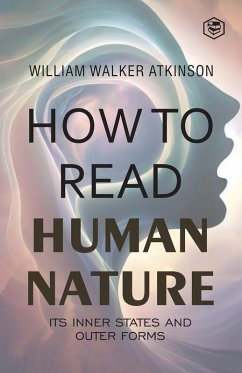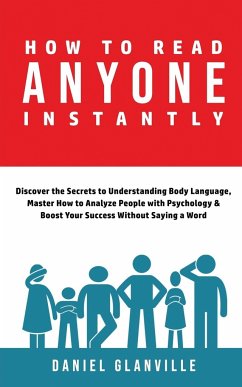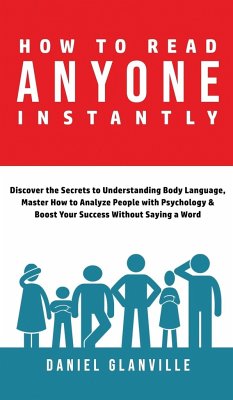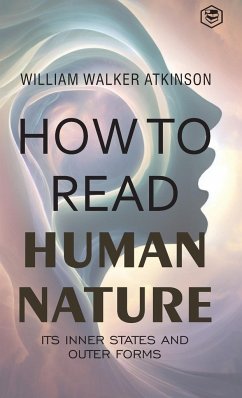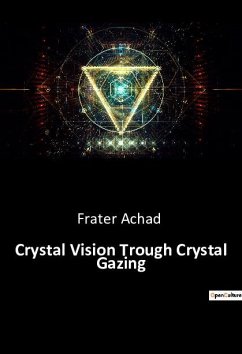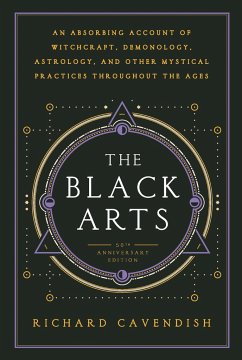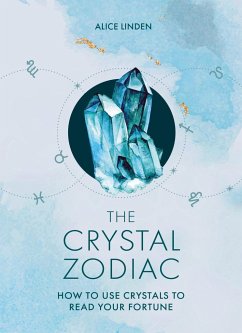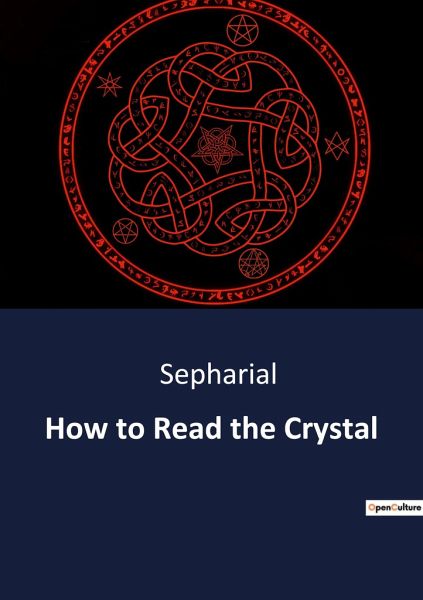
How to Read the Crystal
Versandkostenfrei!
Versandfertig in 1-2 Wochen
18,00 €
inkl. MwSt.
Weitere Ausgaben:

PAYBACK Punkte
0 °P sammeln!
"Any attempt at a scientific explanation of the phenomenon of "crystal seering," to use an irregular but comprehensive term, would perhaps fall short of completeness, and certainly would depend largely upon the exercise of what Professor Huxley was wont to call "the scientific imagination." The reasons for this are obvious. We know comparatively little about atomic structure in relation to nervous organism. We are informed to a certain degree upon atomic ratios; we know that all bodies are regarded by the physicist as a congeries of atoms, and that these atoms are "centres of force." Primarily...
"Any attempt at a scientific explanation of the phenomenon of "crystal seering," to use an irregular but comprehensive term, would perhaps fall short of completeness, and certainly would depend largely upon the exercise of what Professor Huxley was wont to call "the scientific imagination." The reasons for this are obvious. We know comparatively little about atomic structure in relation to nervous organism. We are informed to a certain degree upon atomic ratios; we know that all bodies are regarded by the physicist as a congeries of atoms, and that these atoms are "centres of force." Primarily, the atomic theory would refer all heterogeneous bodies to one homogeneous substance, from which substance, by means of a process loosely referred to as "differentiation," all the elements are derived. These elements are the result of atomic arrangement, and the atoms of each are known to have various vibrations, the extent of which is called the "mean free path of vibration...."





